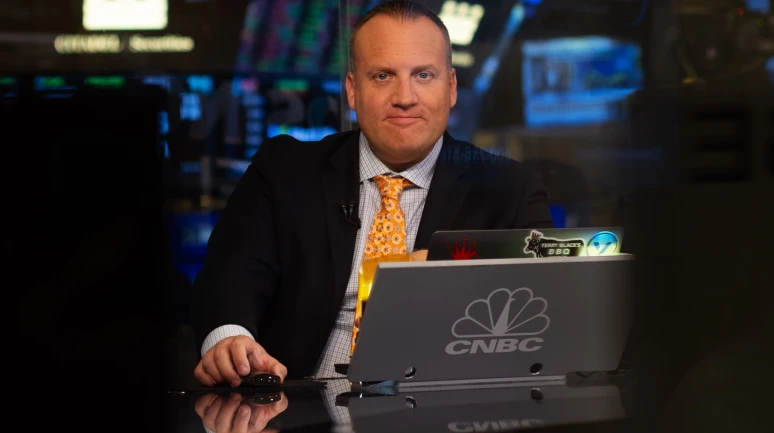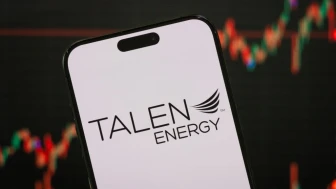Investors seeking high-yielding opportunities are turning their attention towards interval funds as they aim to enhance income generation while minimizing volatility. Interval funds, holding private credit and other income-generating assets with limited liquidity compared to exchange-traded funds, offer windows of liquidity through quarterly share repurchases. These funds can utilize leverage to boost income, resulting in attractive yields ranging from 9% to 11%.
However, investing in interval funds comes with certain considerations and risks that investors should be aware of. One of the main caveats of interval funds is their illiquid nature, as they typically have specific intervals during which investors can redeem their shares. This lack of daily liquidity can make it challenging for investors to access their funds quickly, especially in times of market volatility.
The Rise of Interval Funds
Enter the interval fund, a structure that holds private credit and other income-generating assets that are less liquid than what's found in an exchange-traded fund.
Despite these caveats, interval funds can offer diversification benefits and potentially higher returns compared to traditional fixed-income investments. Investors interested in tapping into private credit markets through interval funds should conduct thorough research and consider their risk tolerance and investment goals before making any investment decisions.
Limited Liquidity with Potential High Yields
Because of the nature of their holdings, these funds can't be sold at will — instead, they have windows of liquidity through share repurchases typically offered once a quarter.
Recently, there has been a growing interest in providing retail investors access to private credit and other private assets through interval funds, making these investments more accessible to a broader range of investors. Asset managers such as State Street, Apollo Global Management, Capital Group, and KKR have been launching interval funds or ETFs to democratize investing in private credit markets.
Utilizing Leverage for Increased Income
The funds can also use leverage to help boost their income, resulting in yields that are in the 9% to 11% range, according to Brian Moriarty, principal, fixed income strategies at Morningstar.
Matthew Bass from AllianceBernstein highlights the illiquidity premium associated with private credit investments, emphasizing the potential for additional income compared to public markets. Interval funds like AB CarVal Credit Opportunities Fund and Franklin BSP Private Credit Fund offer opportunities for investors to tap into less-liquid markets, attracting financial advisors seeking income-focused solutions.
Expanding Access to Retail Investors
"More recently, people realized these are potentially a perfect vehicle to offer private credit and other private assets to retail investors – regular investors who otherwise don't get access because if you want to buy into a private credit fund, you have to be an accredited investor," he said.
However, investors should conduct thorough due diligence before investing in interval funds, considering factors such as liquidity needs, fees, and the long-term commitment required. With average expense ratios for interval funds higher than ETFs and mutual funds, it's crucial for investors to understand the implications of investing in these vehicles and align them with their investment goals.
Democratizing Private Credit Investing
In a nutshell, interval funds represent a unique investment opportunity for income-focused investors willing to accept limited liquidity in exchange for potentially higher yields from private credit and other alternative assets. As the landscape of interval funds evolves, investors should approach these investments with caution, ensuring they align with their overall investment strategy and financial objectives.
A high-yielding play is getting its moment in the sun as investors look to beef up their ability to generate income and aim to minimize volatility. Asset managers have been taking steps to democratize investing in private credit lately, with State Street and Apollo Global Management recently launching the SPDR SSGA Apollo IG Public & Private Credit ETF (PRIV).
Partnerships in the Interval Fund Space
On the interval fund front, Capital Group and KKR have teamed up on two prospective interval funds, having recently filed with the U.S. Securities and Exchange Commission to offer them.
Additionally, private credit investments, which interval funds often focus on, can be riskier than traditional fixed-income investments. These investments may carry credit risk, liquidity risk, and market risk, among others, which investors should carefully evaluate before investing in interval funds.
Benefiting from Illiquidity Premium
The difference between offering regular liquidity via an ETF versus quarterly liquidity in an interval fund can result in a premium for investors who are willing to stay put.
Considerations for Investors
As more interval funds hit the scene, investors will need to perform some due diligence before they hop in.
Understanding Fees and Returns
A 2024 study co-authored by Morningstar's Moriarty found that the average prospectus adjusted expense ratio across all interval fund share classes is 2.49%.
Investing Wisely
He also recommended investors dig through the marketing materials and understand what they're buying into – and know why they're buying it.


























